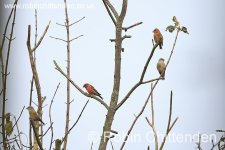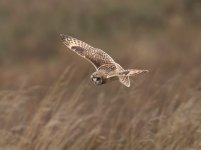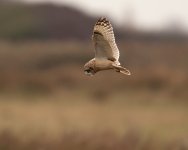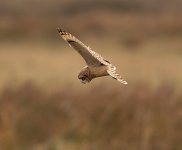Locostella
Guest
May I recommend that you study closely two things on the image of the fem Common Xbill you posted the link too, and on the images of the 2BXbill under discussion: (i) the relationship in both shape and position of the median and greater covert wingbars; and (ii) the exact extent and shape of the white on the tertials. This is where the important features are to be found and I think you will see the differences. Hope this helps
Willowgrouse,
Maybe you would be kind enough to elaborate on your thoughts of these features. Also, unfortunately, the female that I linked to is not in a position to be showing us any tertial pattern. There is a heavily marked skin in the British Birds paper (here) which may help for comparison with the Lynford bird. I, myself am failing to see any strong differences between the tertial markings in the Lynford bird and the skin in the paper.
Thanks for your time taken to discuss this topic Willowgrouse, it's most informative and appreciated.
Kieran







